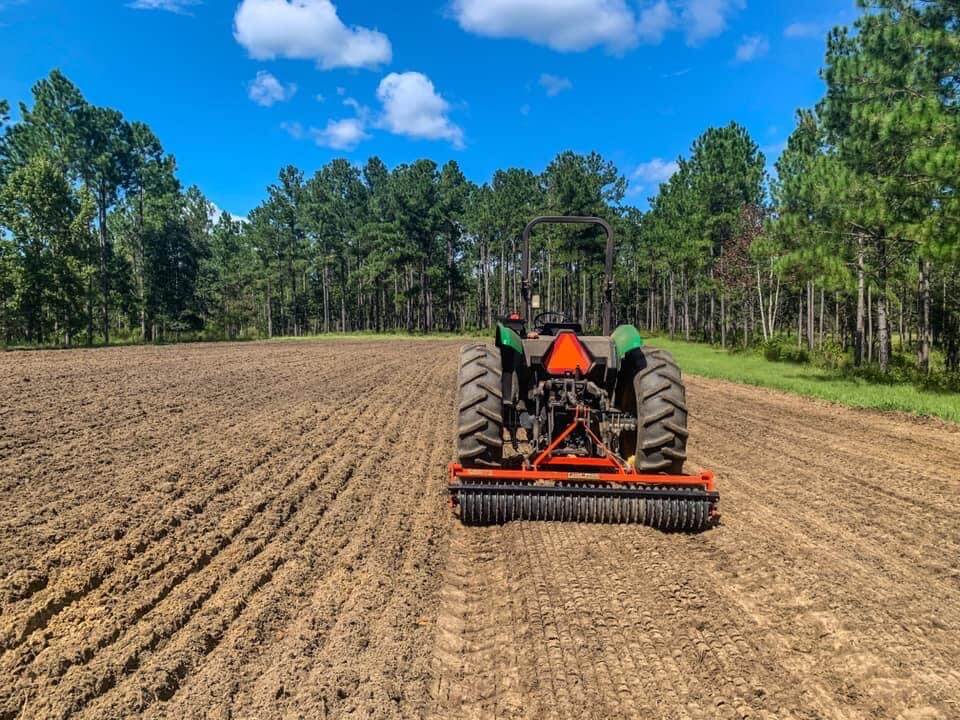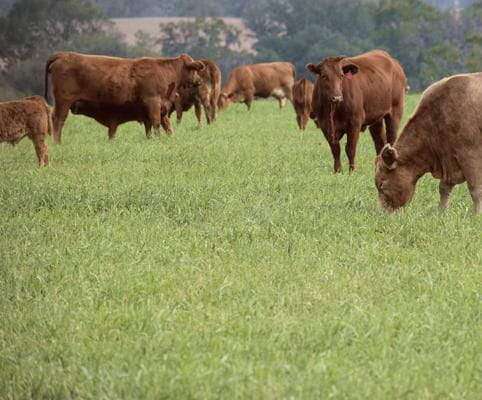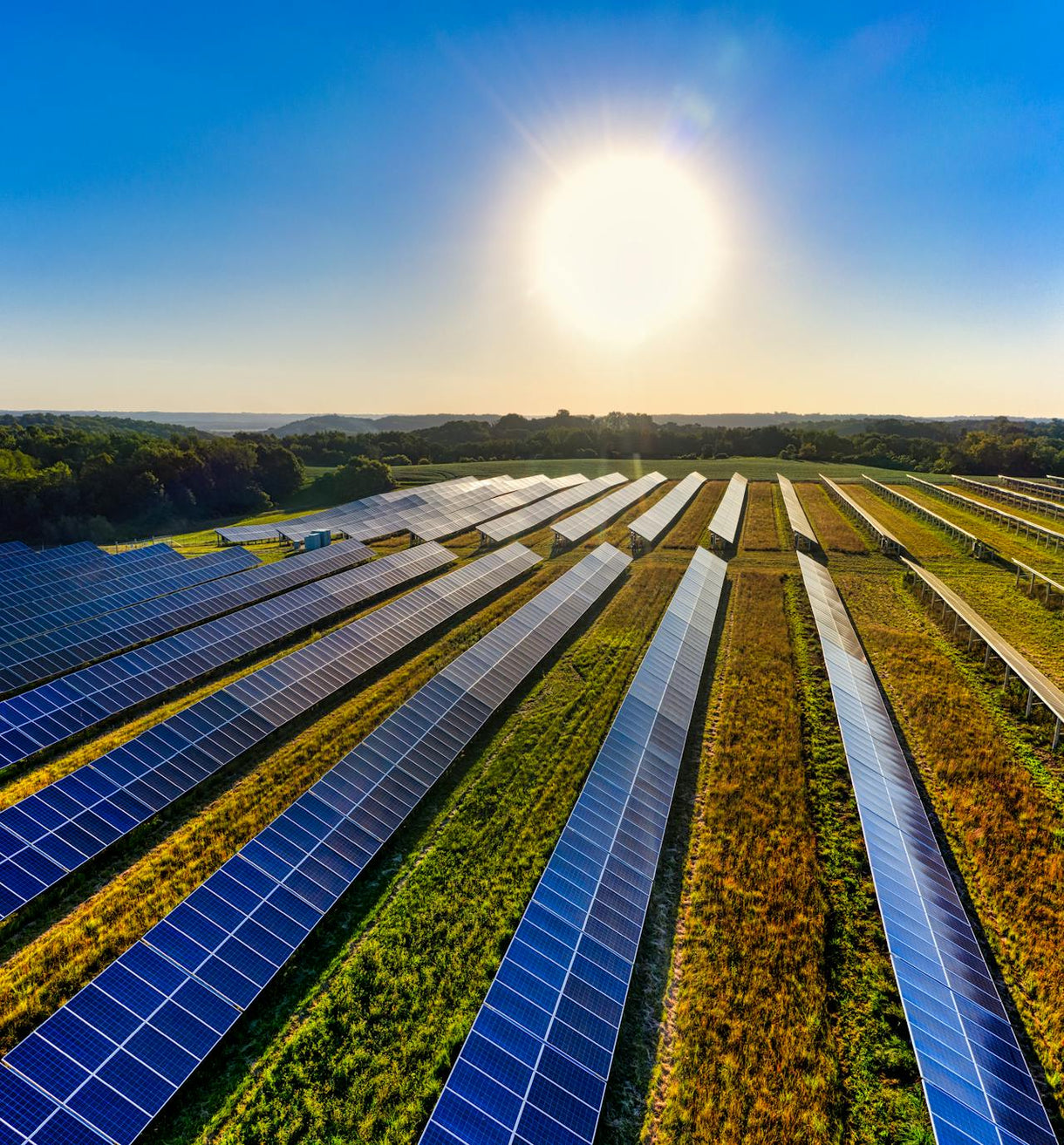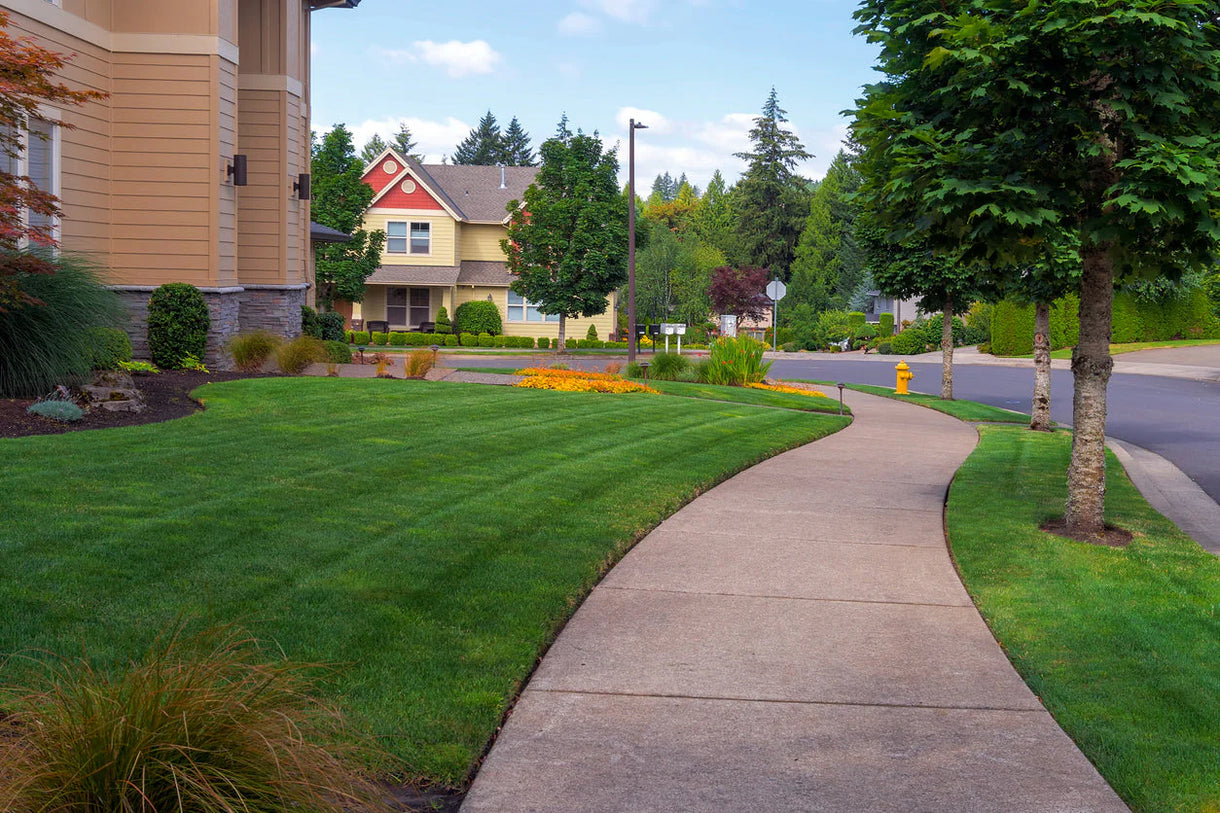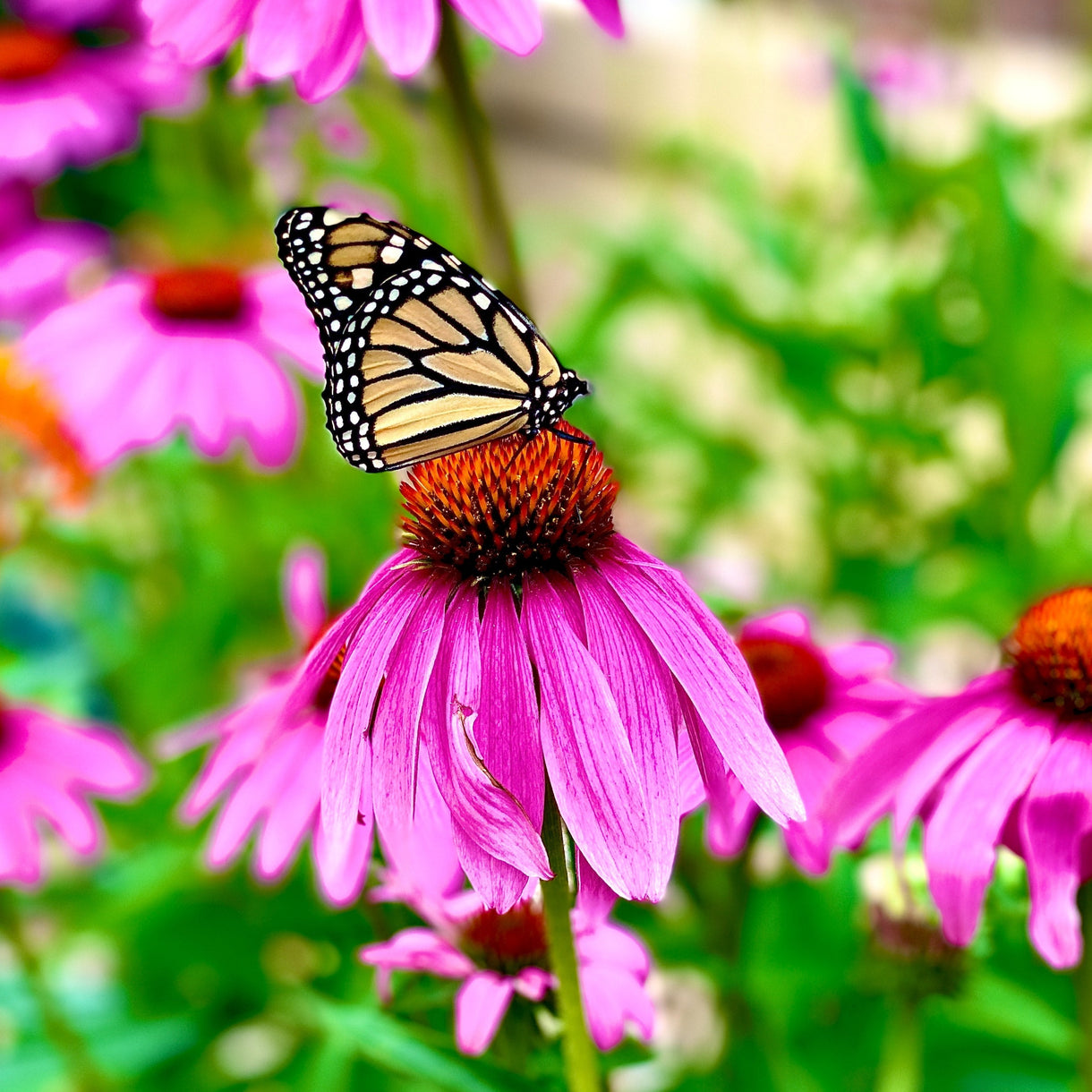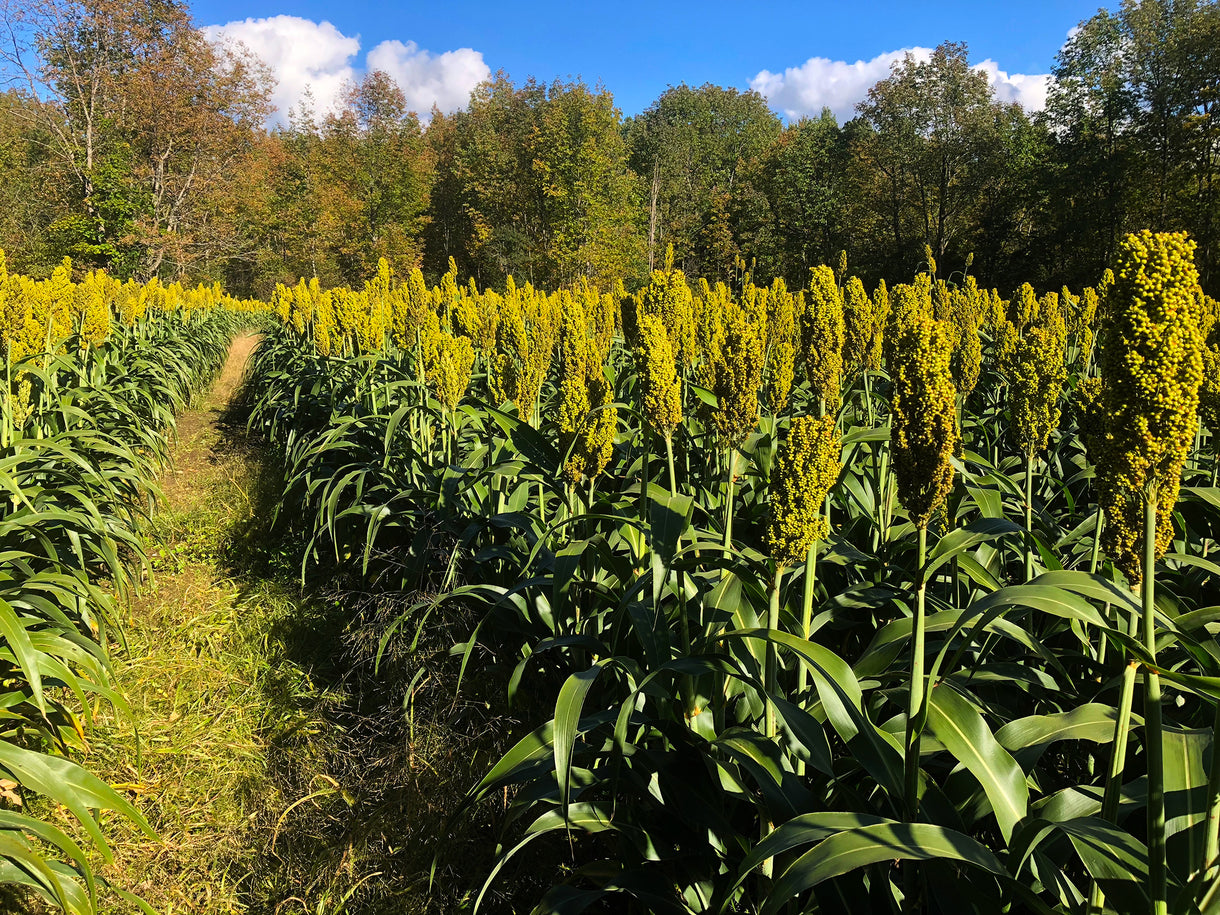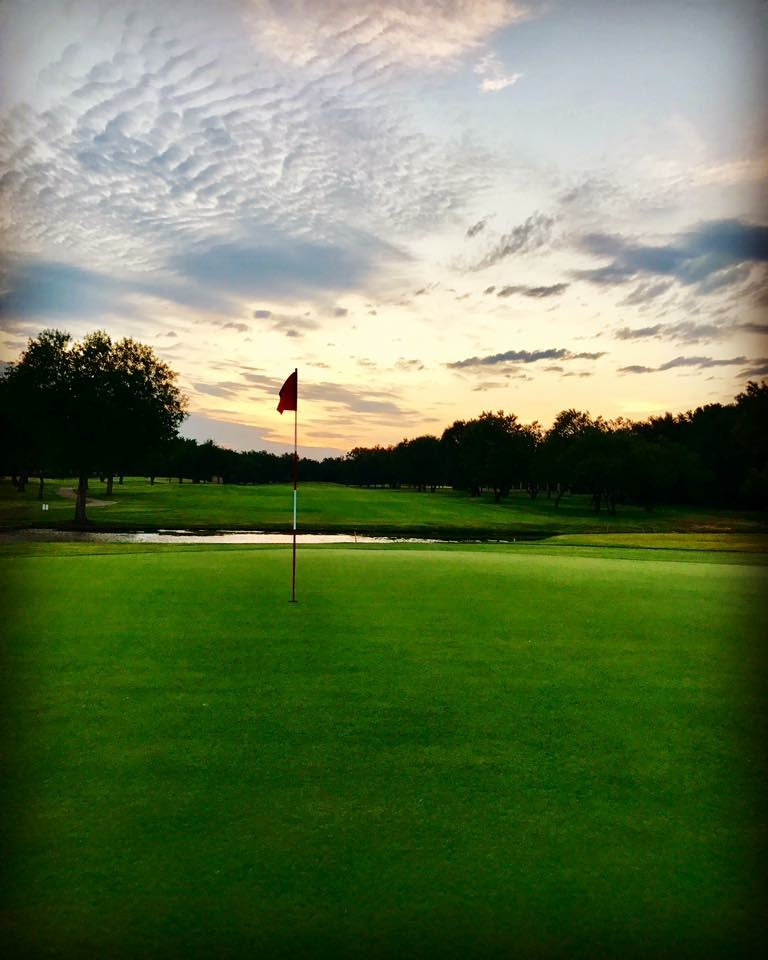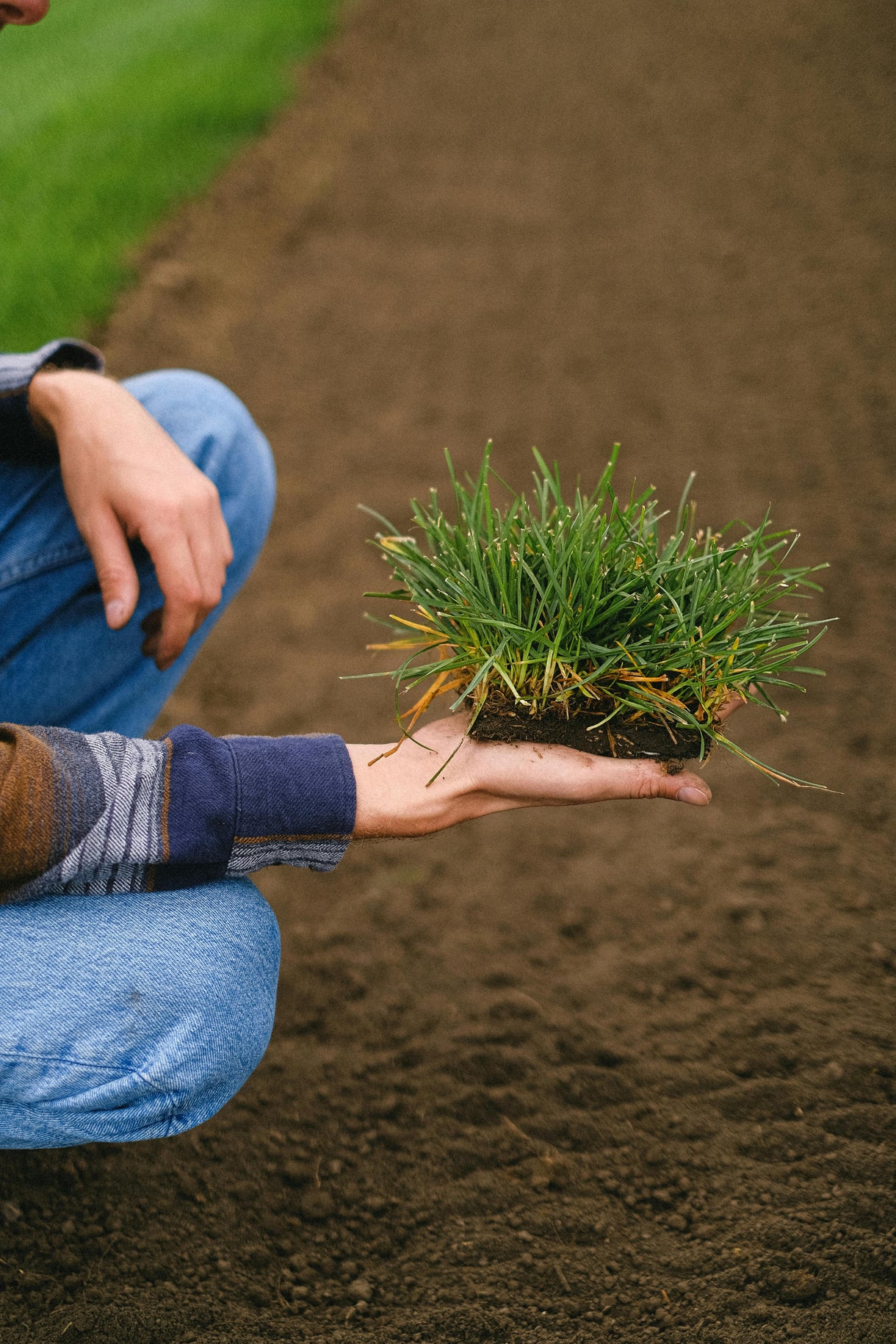Popular Products
Popular Products

Seed Quality
Hancock Seed is dedicated to delivering the best seeds possible to our customers. Hancock Seed grows and harvests many of our products, and we acquire the majority of the rest from other family farmers.
All these seeds are processed, packaged and shipped from Hancock Farm. This helps us ensure that our high standards are met. Unlike much of the competition, we refuse to sell you a seed that was not gathered during the last harvest. You will always receive fresh product from Hancock.
Every seed we grow comes with 40 years of experience behind it...you can rest assured that all of our products are cultivated in a method that assures its potential for growth.

Your cart ( 0 )

Sahara II Bermuda Grass (unhulled & coated) is a very drought tolerant bermuda grass species that is bred to grow greener and finer than common bermuda grasses. Sahara II Bermuda grass seed provides excellent tolerance to foot traffic and is a great choice for a warm season, sunny lawn or recreation grass seed application. Sahara II Bermuda grass seed is commonly used for lawns, parks, pastures, recreation areas and erosion control seeding applications.
Product Information
-
Application or Use: Lawn, Turf, Golf Course, Athletic Fields, Erosion Control
- Germination Time: 7 - 14 days, under optimal conditions
- Growing Locations: Warm Season & Transition Zone
- Height: Pasture - 4 - 12 inches; recommended mowing height for lawns - 1 - 1.5 inches
- Sunlight Requirements: 8+ hours, full sun for best results
- Advantages: Very drought tolerant Bermuda grass that is bred to grow greener and finer than common Bermuda.
- When to Plant: Recommended planting time is spring and summer when night time temperatures are consistently 65+ degrees and 3 months prior to first frost.
Product Detail
- Full sun, low shade tolerance
- Drought tolerant
- Used for lawn, parks, pastures and recreation areas
- Can be used for erosion control
- Establishes quickly
Product Information
Sahara II Bermuda Grass has better turfgrass cover with medium-fine texture and early spring green-up! Fewer mowing requirements with a reduced vertical growth rate! Sahara II establishes quickly compared to most other bermudagrass varieties.
Sahara II grows best in full sun and has a low shade tolerance. This grass is a medium - dark green color and it is moderately fine bladed. It has an excellent drought & traffic tolerance while also having very good disease resistance. Germination of this seed will occur in approximately 7-21 days and has a recommended mowing height of 1 - 1.5 inches. Click here to view tech sheet for this seed.
*Product packaging may appear different than what is pictured.
New Seeding
Prepare the soil by tilling to a depth of 4-6 inches. Conduct a soil test to be sure your soil has the proper nutrients it needs for a healthy lawn. Apply fertilizer and lime at the recommended rates. If you are unable to conduct a soil test, apply lime and a complete lawn fertilizer according to the recommended rates on the packages. Work lime and fertilizer evenly into the soil, then rake the soil surface smooth to give the seed an ideal bed in which to establish healthy roots. Sow the grass seed by evenly spreading according to the recommended seeding rates. Rake, harrow, or otherwise work the seed into the soil 1/4" to 1/2" deep. Keep the area well watered until the seed germinate and the seedlings have grown sufficiently to establish a lawn, then water as needed.
Overseeding or Re-Seeding
Before overseeding, it is important to prepare the soil. Conduct a soil test to be sure your lawn has the proper balance of nutrients. Fertilize and lime if needed. Mow or clip the existing grass as closely as possible. Remove clippings and rake, harrow lightly, or aerate the soil where there is existing lawn. This will allow the new seed to make contact with the soil. Sow the seed and gently rake to cover. Keep the lawn moist until seedlings are established, then water as needed.
Improving Bare Spots
Mow your lawn closely, then remove leaves, dead grass, etc. Rake, harrow lightly, or aerate the bare spots to prepare the seedbed. Conduct a soil test to be sure the soil has the proper balance of nutrients. Fertilize and lime if needed.
Instructions
When choosing to start a new lawn, remove old vegetation by using a de-thatcher, power rake or tiller to kill the existing vegetation. Rake or drag the area to remove debris and dead grass for a clean area. Ensure the soil is leveled and loosened to allow the seed to have good soil contact once spread on a clean seed bed.
If you have an area with heavy weed coverage, we recommend starting fresh by killing and removing the existing vegetation. If you choose to use chemicals, herbicides or fertilizers, you must check with the product's manufacturer prior to planting new seed to ensure the proper waiting period.
When overseeding an existing area, mow your lawn at the lowest setting and bag the clippingsx. Rake or drag any areas that have dead thatch or debris.






